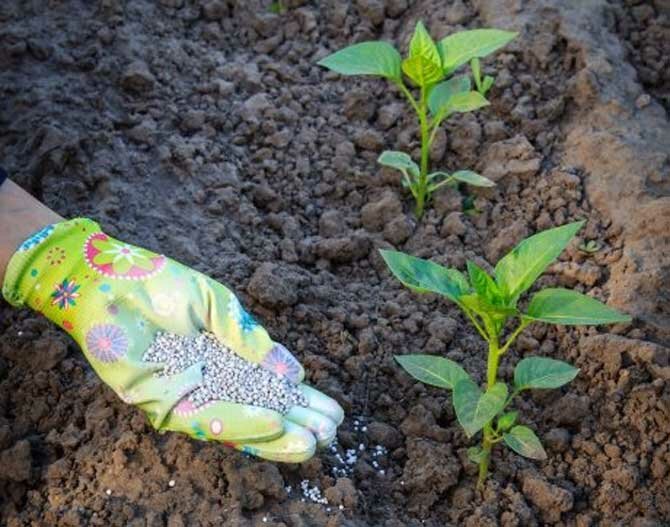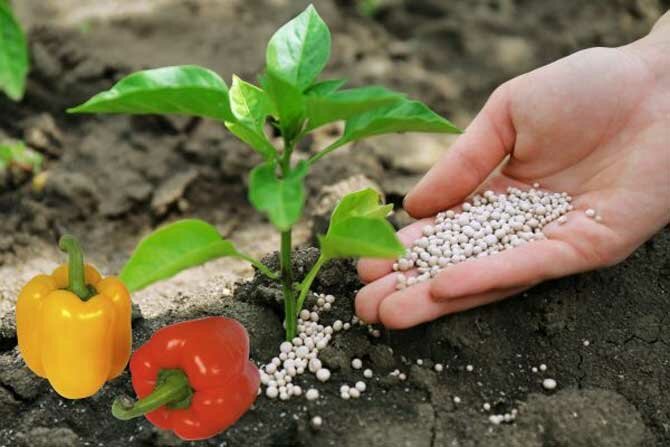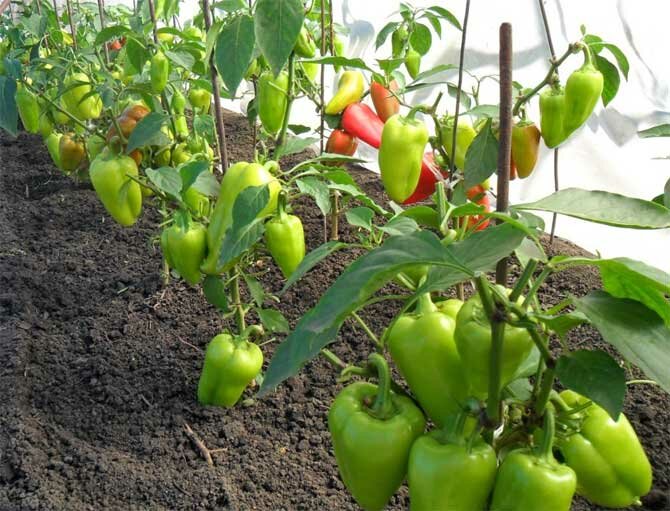Bell pepper is one of the most popular types of pepper, which is grown in many regions of the world. It contains many important nutrients such as vitamin C, vitamin A, potassium, folic acid, etc. Proper fertilization of the plant is essential for a good bell pepper crop.
bonus video Growth of purple, sweet pepper – 93 days, time lapse:
Step 1: Fertilizer selection
Before you start the process of fertilizing bell peppers, you need to choose everything correctly. The plant needs nutrients such as nitrogen, phosphorus and potassium. You can use complex fertilizers that contain all the necessary nutrients for the plant.

Step 2: Fertilizer frequency
Bulgarian pepper should be fertilized regularly during the entire period of growth and flowering. In the first few weeks after planting, the plant should be fertilized every two weeks. Then, after the plant begins to bloom, fertilization should be carried out every week.

Step 3: Fertilizer Methods
There are several ways to fertilize bell peppers: root feeding, foliar feeding and watering. Each of them has its own advantages. Root feeding is the application of fertilizer to the soil around the roots of the plant. Leaf nutrition is the application of fertilizer to the leaves of a plant, which allows the plant to replenish its nutrient reserves more quickly. Irrigation is the use of fertilizer in water to water a plant.

Step 4: Controlling the amount of fertilizer
Remember to keep an eye on the fertilizer level so as not to overdo it. Too much fertilizer can lead to deterioration in the quality of the fruit and the growth of the plant as a whole. As soon as you notice that the plant receives an excess of the substance, you must immediately stop feeding and switch to watering with clean water.

Bell pepper fertilizer is an important aspect to consider when growing a plant. Proper fertilizer selection, a regular fertilizer schedule, and monitoring nutrient levels will help produce a good bell pepper crop. Choose the appropriate method and follow our guide to grow healthy and strong bell pepper plants.
To be continued…







Only registered users can leave comments